If you have ever heard the term ‘prepared piano’, you may well be wondering exactly what that is. Or perhaps you’ve never heard of it before. Either way, we are going to delve right in and explore the prepared piano and how this technique, first born in the 1940s is still used in music-making today.
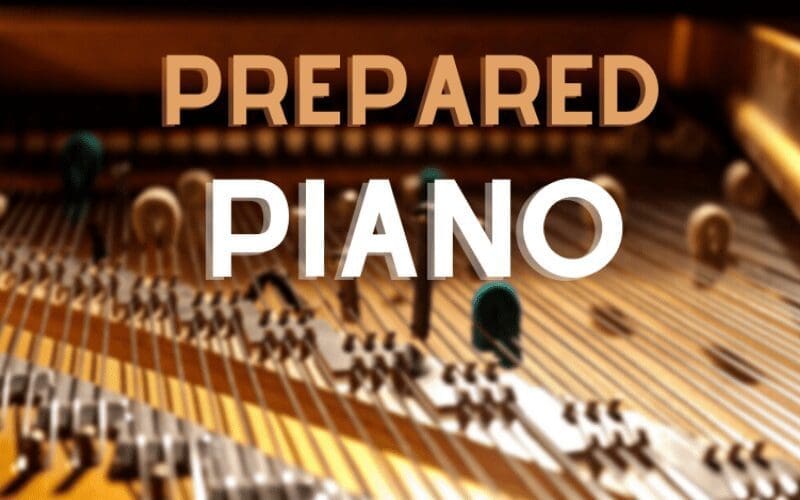
Be sure to stay until the very end so you learn everything there is to know about prepared piano.
What Is A Prepared Piano?
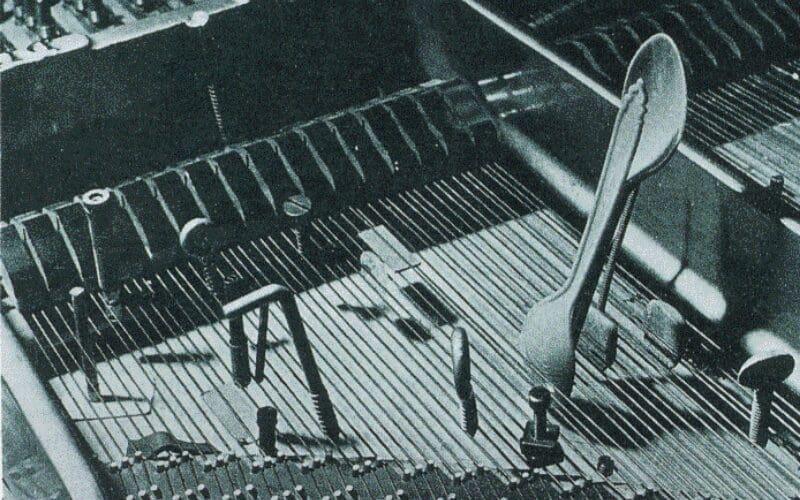
Just glancing inside this beautiful instrument, you may have noticed the strings being struck by small individual hammers. Or even the felt that is in many pianos to dampen the sound.
What you may not have considered is that there would be any other way of changing the sound of this visually stunning instrument. This is where the prepared piano comes in.
A prepared piano is a piano with objects, also known as preparations, placed on it, or in between the strings. Guitar players often dampen their strings with things like sponges. Or more frequently, place a capo on the fretboard.
This gives the guitar a different tone and the ability to play in different keys. Think along similar lines here, but with more variation.
How Does A Prepared Piano Work?

Proponents of the prepared piano use objects like screws, nuts, bolts and even plastic cloth or bamboo to mute strings. This manipulates the tone and timbre of the piano. Thus creating their very own subgenre and distinctive sound.
By placing these objects on the strings, or body of the piano can also create harmonics and create rich overtones.
Who Invented The Prepared Piano?
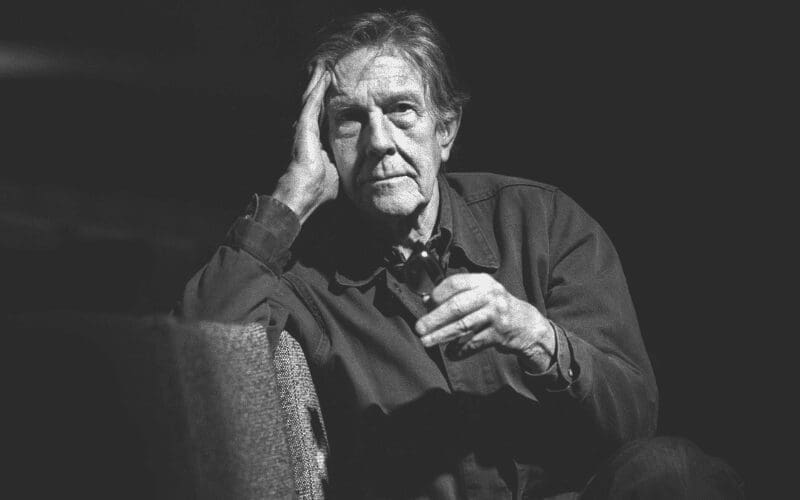
Previous composers and musicians used objects in their early compositions. However, it was American John Cage who invented the prepared piano in the 1940s.
Cage used many of the objects described above to create this unique sound. The way Cage manipulated the sound of the piano was groundbreaking. It opened up a whole new way of looking at piano music.
Here, Cage talks about the first time he prepared a piano. When composing dance music for a dance piece by Syvilla Forte called Bacchanale, for which he had been commissioned:
“The Cornish Theatre in which Syvilla Fort was to perform had no space in the wings. There was also no pit. There was, however, a piano at one side in front of the stage. I couldn’t use percussion instruments for Syvilla’s dance, though, suggesting Africa, they would have been suitable; they would have left too little room for her to perform. I was obliged to write a piano piece.
[He] spent a day or so conscientiously trying to find an African 12-tone row. I had no luck. [I] decided that what was wrong was not me but the piano. I decided to change it.”Cage himself, like many musicians and songwriters in history, had been influenced by a fellow musician. In this case American composer Henry Cowell.
Legend has it that during his 1925 composition The Banshee, Cowell would reach into the piano and rub his palms and fingers on the strings. This kind of manipulation of the piano hadn’t occurred before. It opened up a world of possibilities to explore.
Modern Day
Today, there are modern-day proponents of prepared piano techniques. Think Ben Folds or Jamie Cullum in the live setting or Brian Eno and Velvet Underground on records. But in Cage’s time, this kind of recording was both groundbreaking and extremely inventive.
Cage gave very specific instructions as to how the instrument should be prepared. He detailed exactly what sort of object should be used on each string and how far along the string each object should be placed.
Inspired by his writing partner Cowell, Cage set out to drive the technique and movement forward. Producing many original compositions and becoming renowned for his use of ordinary everyday objects with the piano.
His work is known to be quite mechanical sounding, with a strong focus on rhythm, but also very adaptable and accessible.
Notable Prepared Piano Pieces
Cage has the most notable body of work when it comes to the prepared piano. Cage’s most famous work is considered to be Sonata’s and Interludes. He was clear to state that although the sound of the piano was being altered, it was not because he found it limiting or insufficient.
“Composing for the prepared piano is not a criticism of the instrument. I’m only being practical.”
In this world-renowned piece, Cage uses a wide variety of objects to create his sound. The rattling of the body of the piano and the muting of the strings is very obvious to the listener’s ear.
He creates an almost sinister atmosphere. With dark tones which at times strays into the realms of discordant, but is equally engaging.
Christian Wolff
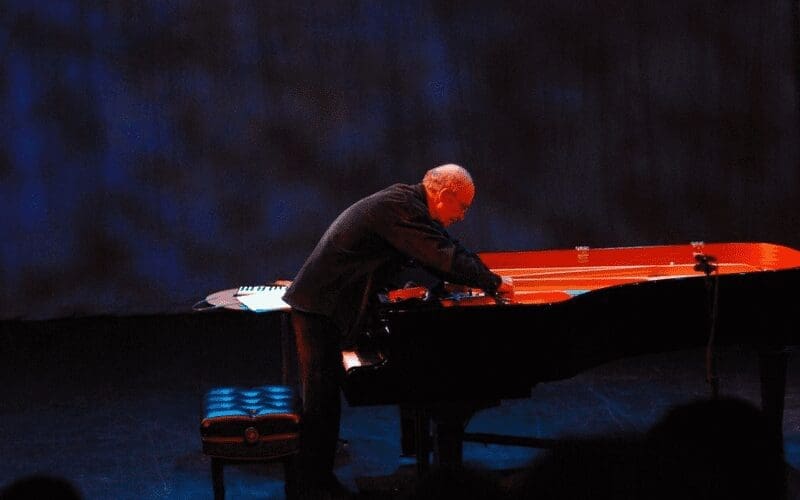
Composer Christian Wolff is also a well-known proponent of the prepared piano. With a more melodic and free-flowing approach and sound than Cage. Although obviously influenced by Cage, Wolff was keen to explore the social aspects of music and its role in society.
His piece ‘For Prepared Piano’ (1951) has a similar minor-key tone to Cage’s work but encapsulates a lot more in the way of dynamics and space. It would be accurate to portray his sound as quite spacey and minimalist.
Dance Music
Like Cage, Wolff spent a lot of time writing music for dance, and believed the two to be so intricately linked in society. He continued the work done by Cage, in a style that was both original and familiar.
Wolff believed that although music and dance went hand in hand, it was important to develop both so that they could exist as separate entities. His use of the prepared piano facilitated his revolutionary and original sound.
Wolff writes:
“A situation is indicated, but not when one enters into it, nor, necessarily, for how long one is in it. Durations of the individual notes may be indicated as relatively short, long or free, or they may be determined by the requirements of a situation… The players constantly have options of what to play (say, one of three pitches, any pitch at a fixed loudness, any loudness at a fixed timbre).
It’s as though you take a walk with a friend or friends, going by whatever way you like, agreeing on the way, with a direction in mind or getting lost or going nowhere in particular, and you are absorbed by this: the landscape in which they walk is what is given.”
Moving through time, we have seen the evolution of prepared piano in its use in more modern-day, experimental pop and rock music. It is perhaps no surprise that two of the more avant-garde artists of the 60’s and 70’s, Brian Eno and Velvet Underground explored its use in their music.
Brian Eno & Velvet Underground
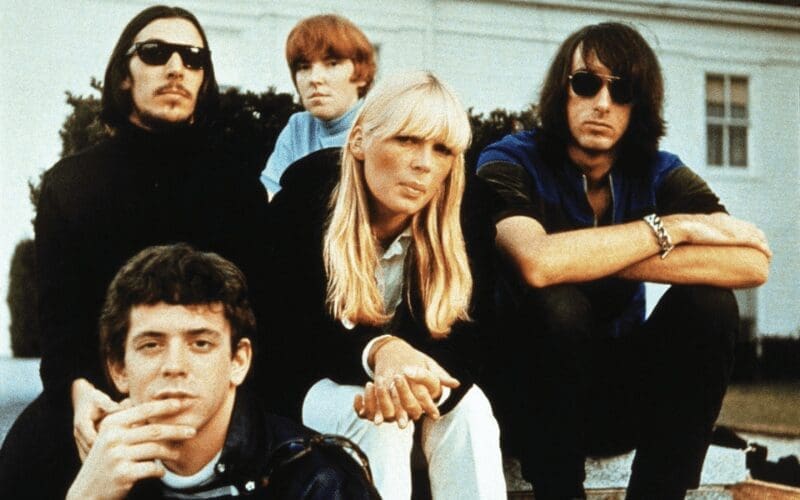
Eno uses prepared piano in his 1975 song ‘Little Fishes’ to great effect, whilst the Velvet Underground were earlier to the party with their 1967 hit ‘All Tomorrows Parties’.
Although covered by many other instruments in the production, you can quite clearly hear that the piano has been prepared in a way befitting with the techniques of Cage.
It rings out in a distinctly different way to a conventionally used piano. Eno has long been known to embrace experimental techniques. This is why so many artists have been keen to work with him to broaden their creative reach.
Volker Bertelmann
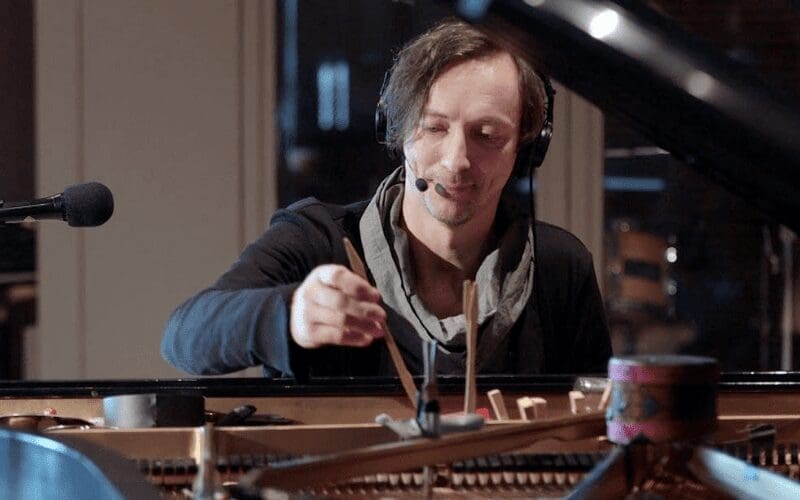
In the modern era, the technique of prepared piano is still alive and well. Volker Bertelmann (a.k.a. Hauschka), is a well-known proponent of the method.
Hauschka uses the prepared piano in a more emotive and tonally pleasing way than the likes of Cage and Cowell. For example, take his piece ‘Improvisation’.
It is fascinating to watch this from above and see just how many objects he has used and how many modifications he has made to the piano. He even manages to elicit a kind of synth sound near the end of the piece.
Kelly Moran
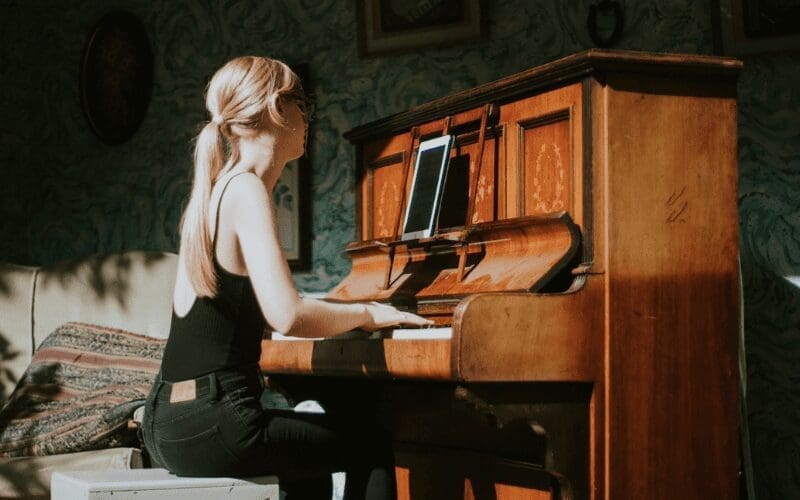
Back in America, New York-based composer, Kelly Moran utilises the technique to create pieces of her own. She is one of the prominent current composers using the prepared piano in their music.
Moran first picked up on the technique during her time at Michigan University, and saw the potential for use in her own music:
“The instrument that I had been playing my entire life suddenly sounded completely different and fresh, and it was something that really interested me,” she says. “That’s when I got interested in working the piano and generating sound in unconventional ways.”
Moran makes no secret of the influence the likes of Cage have had on her music. Which itself has been described as trippy and experimental. She also cites her college lecturer Stephen Rush as first introducing her to the work of Cage:
“I didn’t get credit, but he taught me out of the kindness of his heart,” says Moran. “Every year at the end of the school year, he would do an illegal concert in the dance building because there was a piano there that they let you prepare.”
Rush would purposely lock Moran in the room with the piano, leaving her to use her imagination to craft her art. With just the piano and some household objects for company.
Our Final Thoughts On The Prepared Piano
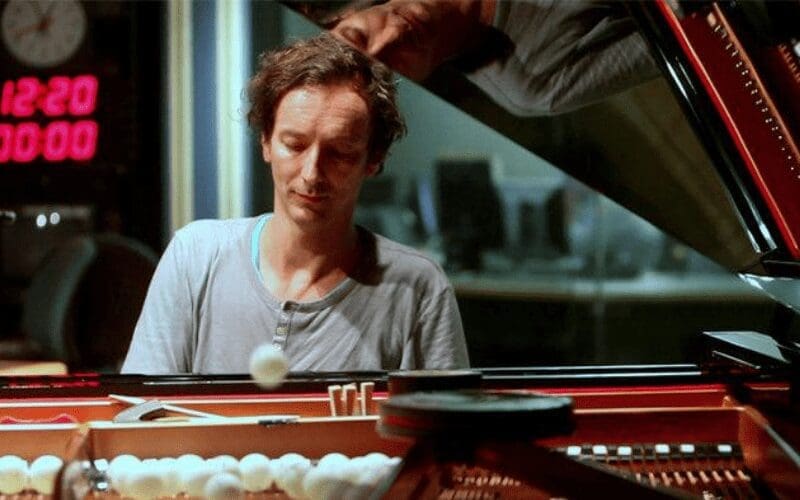
It is fascinating to see the influence Cage and the likes of Cowell have had on modern-day musicians such as Moran and Hauschka. Prepared piano is a technique that continues to beguile and intrigue composers in the 21st Century.
With such an amazing instrument as the piano, it would be easy to just leave it how it is and enjoy its natural beauty and power. However, true artists always go beyond their comfort zone and explore the instrument.
They do this until they have maximised its potential, and the likes of Cage and Cowell, and Moran/Hauschka today, would certainly have done that.
Whilst prepared piano is unlikely to become a mainstream phenomenon, its place in musical history is undeniable and the potential for its use in the future is significant.
If you explore piano music of the world, perhaps you may be able to uncover the next Cage or Moran. And if not, one thing is for sure, you will probably never look at a piano in the same way again!
Have you ever tried using the prepared piano? Let us know about your experiences in the comments below. If you enjoyed this article why not repost it on your socials? Tag us in your post @musicgateway!
If you enjoyed this article, why not check out another on our blog? Here are articles on Piano Chords, Digital Vs Acoustic Piano, and the Best Keyboard Pianos to get you started!
Are You A Musician Or Artist?
Do you want to learn more about music gear and further your education? Then check out the Academy. Our courses are designed to give you skills that are valuable to you as an artist. Whether you’re looking to learn a new instrument, understand how to use a specific DAW or want to get better at songwriting, we’ve got a course for you!
Get Free Music Distribution and find opportunities to get your music in film, TV, and more through sync licensing. Plus get Music Supervision, Music Publishing, Music Marketing, Artist Development and utilize our Free Artist Websites. Finally, you can amplify your music to those that need to hear it music promotion and professional sharing tool. Try all of this out for yourself by joining Мusic Gateway. Get your free trial, no strings attached.









